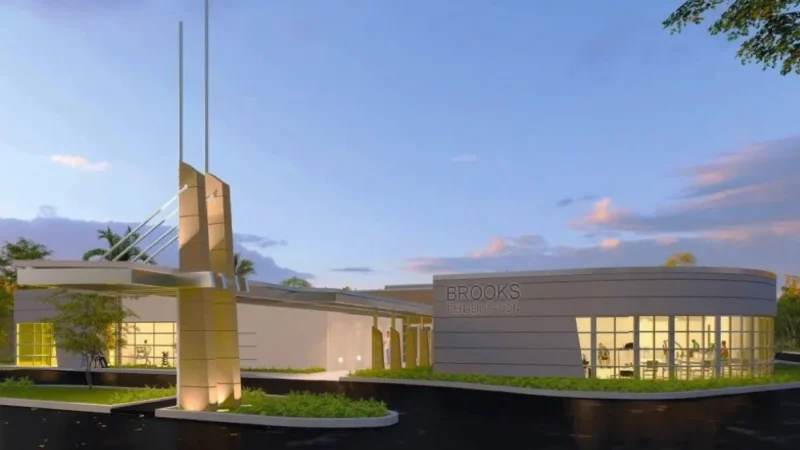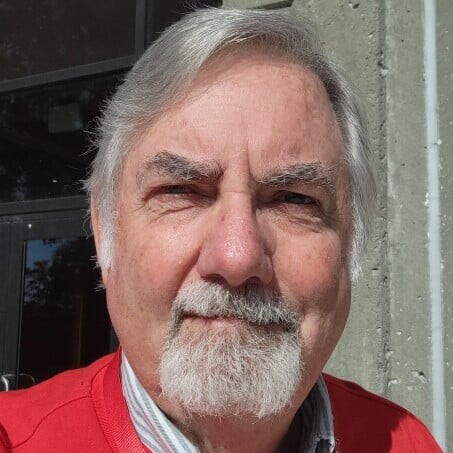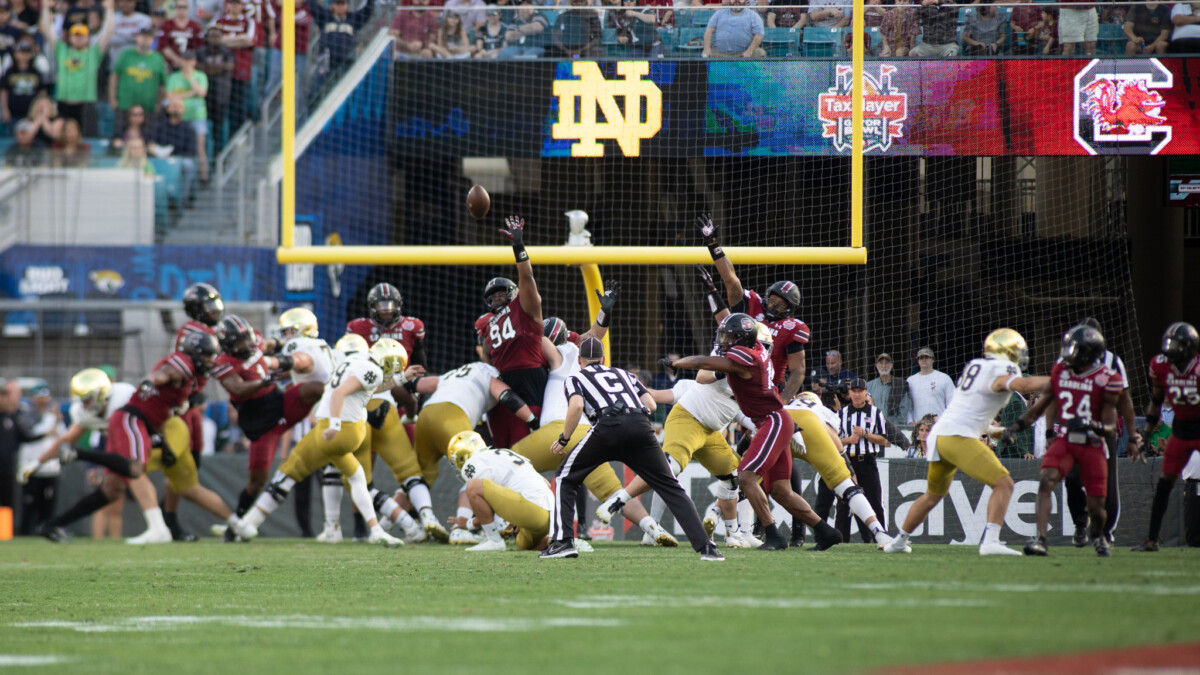The first phase of a 10-mile autonomous people mover system could be shuttling through Downtown by 2025 — and later to San Marco and Riverside, according to JTA.
The statement came as almost 200 industry experts and officials joined JTA on Wednesday to celebrate National Autonomous Vehicle Day. They sampled the vehicles that could move down Bay Street when the Ultimate Urban Circulator — or U2C — begins its Downtown journeys.
Bernard Schmidt, JTA automation and innovation vice president, said construction will begin soon to modify the first 3.2-mile stretch of Bay Street for a vehicle like the 12-passenger HOLON, an autonomous, fully electric people mover.
“We are though our 60% design and starting construction. By our build grant mandate, we will start revenue service in 2025, so we are well underway and advancing,” he said. “What’s going to be most visible will be the vehicles, and that will be the last thing that people do see. But rest assured, things like starting to run everything from the cabling to the infrastructure we need, to cameras and other things, that’s starting to get underway.”

Having access to autonomous mass transit cannot come soon enough, said Ron Brooks, the blind CEO of Accessible Avenue, which works with public transit to improve accessibility and inclusion for the disabled.
Showing a video of a date night he spent with his wife, also blind, on an autonomous ride-share vehicle, Brooks said it was the first time they had gone anywhere alone in a car since they were married 27 years ago. He applauded JTA’s plans to offer an autonomous mass transit system along Bay Street and ultimately into San Marco.
“What I want you to understand is the feeling of freedom that comes when you have spent your entire life trying to do something that you couldn’t do,” Brooks said. “That is what autonomous technology is creating for people who have never had access to transportation on their own. This technology is going to make roads safer, more sustainable, and free our drivers to do something other than stare at traffic.”
Phase 1
JTA’s event Wednesday at its Test & Learn Facility on Armsdale Road showed off the latest in AV technology through discussions as well as demonstrations.
The $49 million project got the green light from the JTA just two years ago. The contract with Balfour Beatty LLC kicks off the first phase of the JTA’s Ultimate Urban Circulator, which would dispatch 12 to 15 driverless electric people movers on the road.
Although there is no date set for construction this year, the first phase will run down what is called the Bay Street Innovation Corridor starting at North Pearl Street. It will extend to the sports and entertainment district around TIAA Bank Field, 21 Financial Field and the VyStar Veterans Memorial Area. The route also could include the planned Museum of Science & History and Four Seasons hotel and city marina behind it.
“It provides the connectivity where the Skyway never went all the way down to the sports and entertainment complex,” Schmidt said.

“The benefit of this technology is that it is extremely flexible,” Schmidt said. “Later on, they might actually want us to veer in to the marina and provide that as a pickup, and veer into the property.”
U2C vehicles are fully autonomous, with guidance and detection systems able to navigate around cars and pedestrians, interact with each other and react to stoplights and crosswalks. No major changes are needed to the Bay Street corridor to support them along with the usual automotive traffic, Schmidt said.
“You will see some infrastructure changes. For the most part it will not be a major significant change as right now, it is slated to be just kind of resurfacing,” he said. “What you will see, though, is really new stations in terms of innovations, in terms of the displays and in terms of how the vehicle will interact with customers in terms of boarding and alighting at the stops.”
The JTA will have someone on board and in control to begin with, if needed in mixed traffic, officials have said. The first phase’s funding includes a $12.5 million grant from the U.S. Department of Transportation, $13 million from the Florida Department of Transportation, $1 million from the North Florida Transportation Planning Organization and $22.5 million from JTA, which also is providing in-kind services for work.
The future
The second of the U2C’s three phases would start with the full conversion of the existing 2.5-mile Skyway system in parts of Downtown and San Marco into an elevated roadway for autonomous vehicles, which are lighter than the current vehicles.
Ramps would allow the autonomous vehicles to travel from the Bay Street corridor to the overhead roadways. The phase would include a hub at the Jacksonville Regional Transportation Center at LaVilla, then stretch from the Northbank and across the Acosta Bridge to the Southbank and become a 10-mile system.
“We are uniquely positioned because the Skyway originally was birthed as an elevated roadway run with rubber-tired vehicles.” Schmidt said. “It was retrofitted later on with a center guide beam. We are returning that to its first form and function.”

The $246 million second phase is funded through the extension of the local option gas tax City Council approved a year ago. Construction on Phase II would begin about the same time as the first phase’s opening, Schmidt said.
The U2C’s third phase is still in design but would connect to the city’s Brooklyn and Riverside area with its new condominiums, offices and established homes, shops and restaurants. Schmidt said almost all three phases have some associated funding.
The JTA has been testing a number of small and large autonomous people movers since it first proposed the U2C program in 2017, even using one in 2020 at the Mayo Clinic to transport COVID-19 samples around its Southside campus. That included tests of the Olli 2.0 self-driving vehicle made by Local Motors, a NAVYA Autonom Shuttles and the HOLON mover, which is larger than those.
9(MDEwNzczMDA2MDEzNTg3ODA1MTAzZjYxNg004))







